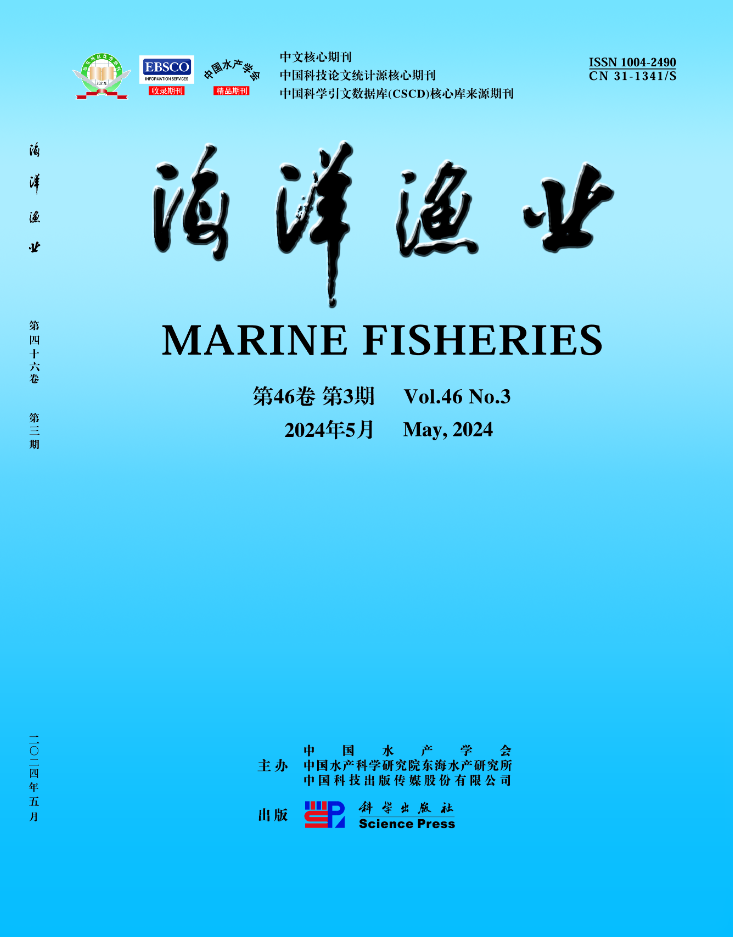PERBANDINGAN FAKTOR TEKNIS DESAIN KAPAL BANTUAN DENGAN KAPAL LOKAL ≤ 5GT DI KABUPATEN CILACAP JAWA TENGAH
引用次数: 0
Abstract
Fiberglass aid vessels KM. Nelayan 2018 with a size of ≤5 gross tonnage not all can be directly used by local fishermen. Cilacap Regency received 7 aid vessel and it had to renovate. The renovation related to technical design factors, while it is still not yet be reviewed. This study aims to identify and compare differences in technical design factors between the aid vessel and the local vessel. Identification method by direct observation, including measurements of the main dimensions, shape of the hull and bow, general arrangement and working area. The identification data is compared to get the differences. Observation results show that the aid vessel have a ratio of L/D and L/B between local vessel values they are 8,96 from 7,72-9,20 and 13,33 from 12,92-14,11, but have the smallest value at B/D which is 1,49 from 1,51-1,71. The Hulls shape have same type, they are "u-bottom". The shape of the bow and the stern also have the same shape, they are raked bow and transom stern, but height of aid vessel bows is 1,9 m, it is higher than the average of local vessels which only 1,34 m. The height of the engine mount at the stern is also too high at 56 cm, while the average on the local vessel is 53 cm. The general arrangement and working area almost same. The vessel feature, safety and security factors of fishermen need to be improved in aid vessel. Keywords: feature, fiberglass fishing vessel, technical factor design玻璃纤维辅助船KM。Nelayan 2018的尺寸≤5总吨,并非所有都可以直接供当地渔民使用。Cilacap Regency收到了7艘援助船,它必须翻新。改造涉及到技术设计因素,目前还没有进行审查。本研究旨在找出并比较援助船与当地船只在技术设计因素上的差异。直接观察识别方法,包括测量主要尺寸、船体和船首形状、总体布置和工作区域。对识别数据进行比较,得出差异。观测结果表明,救助船的L/D和L/B值与当地船舶值的比值分别为8、96、72 ~ 9、20和13、33,但B/D值最小,分别为1、51 ~ 1、71、1、49。船体形状有相同的类型,他们是“u型底部”。船首和船尾的形状也相同,都是斜艏和斜尾,但援助船的船首高度为1.9 m,高于当地船只的平均水平,只有1.34 m。发动机安装在船尾的高度也太高,为56厘米,而在当地船只上的平均高度是53厘米。总体布置与工作区域基本相同。救助船舶的船舶特性、渔民的安全保障因素有待提高。关键词:特点,玻璃钢渔船,技术因素设计
本文章由计算机程序翻译,如有差异,请以英文原文为准。
求助全文
约1分钟内获得全文
求助全文
来源期刊
自引率
0.00%
发文量
4336
期刊介绍:
“Marine Fisheries”started publication in 1979, it mainly covers original research papers and reviews on basic theories and applications of aquaculture and fisheries, including marine biology, mariculture and reproduction, aquatic diseases and prevention, nutrition and feed of aquatic organisms, fishery ecology and environmental protection, development and conservation of marine fishery resources, fishing tools and methods, preservation and comprehensive utilization of aquatic products, fishery machinery and instruments.

 求助内容:
求助内容: 应助结果提醒方式:
应助结果提醒方式:


